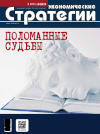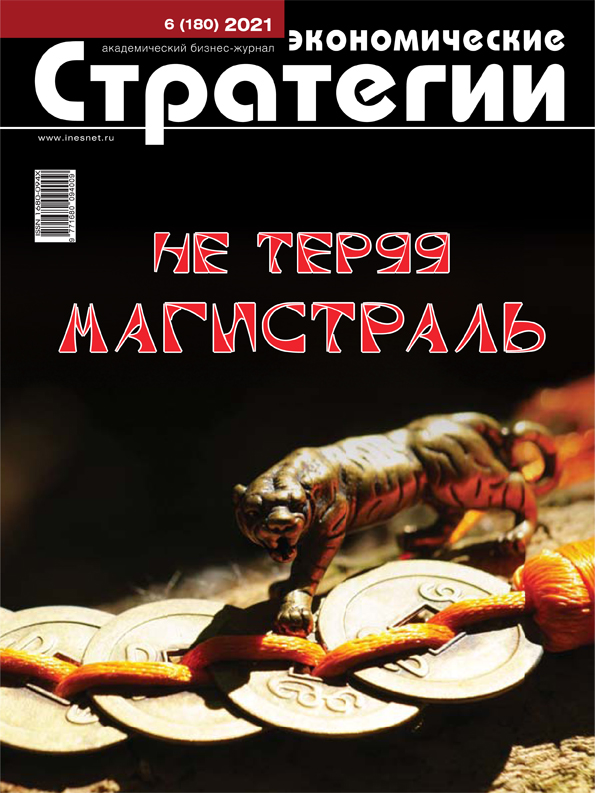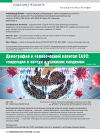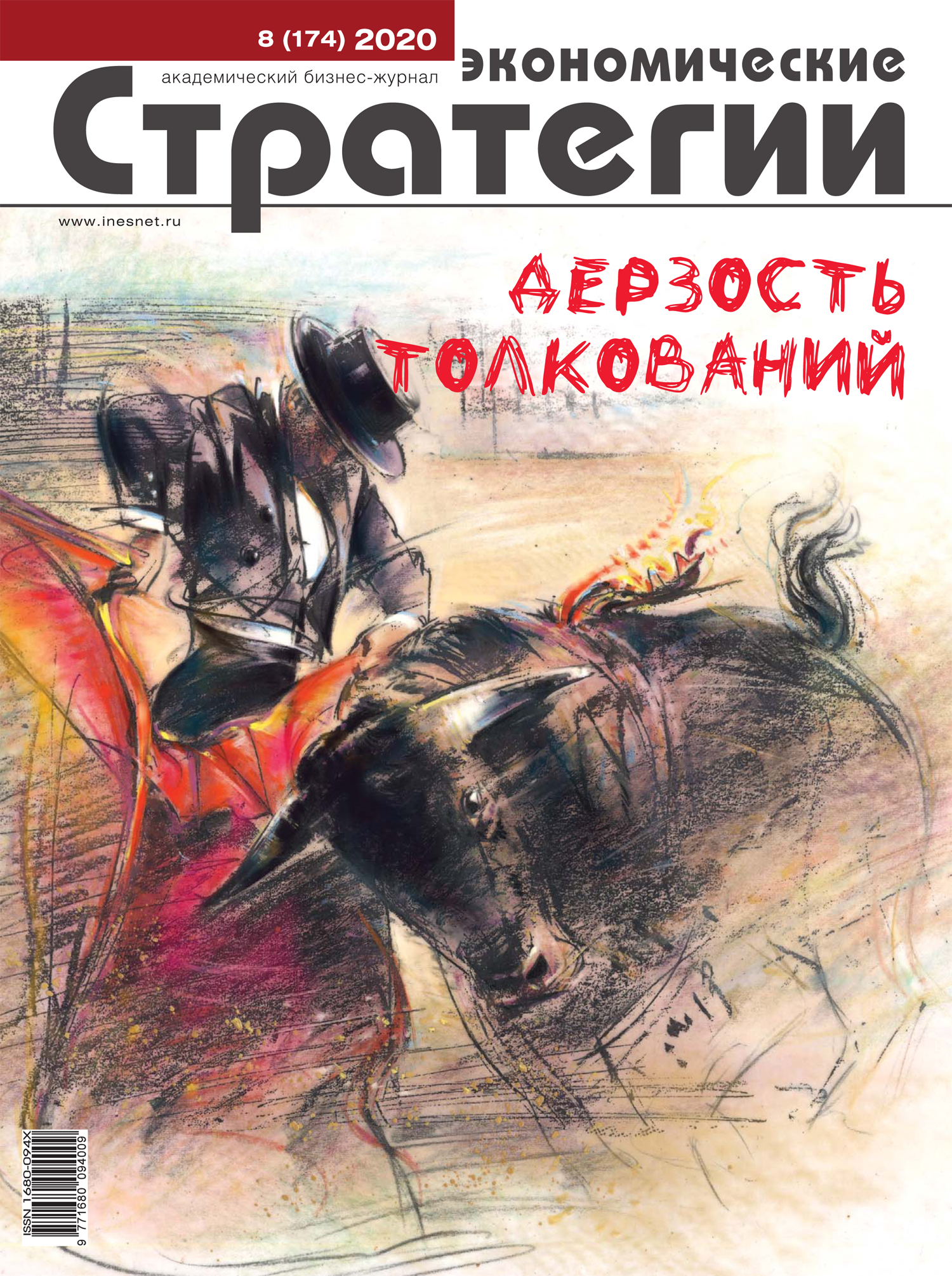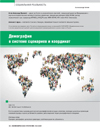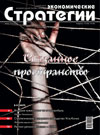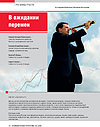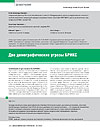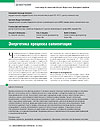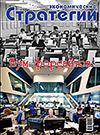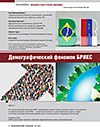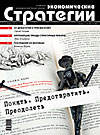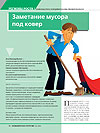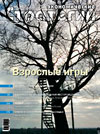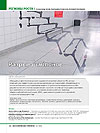Personnel Problems of the Military-Industrial Complex: Approaches to Solution
DOI: 10.33917/es-3.195.2024.138-143
The importance of considering this problem is due to the fact that with the beginning of a special military operation, the volume of state defence orders increased, which, in turn, entailed the need for new staff recruitment to enterprises.
However, having switched to an enhanced operating mode, enterprises of the defence-industrial complex faced the acute problem of a qualified personnel shortage. The undertaken analysis showed that unfavourable demographic situation in the country has a significant negative impact on the number of personnel in the labour market: the population under working age is declining, there is an evident decrease in the employees’ number in the age groups of 15-29 years and there is an outflow of young workers from enterprises as well. In addition, a serious problem for domestic enterprises is the low level of labour productivity, which also has a negative impact on solving problems of providing the required production volumes.
The author proposes a possible approach to solving this problem through active implementation of lean production methods at enterprises of the military-industrial complex.
References:
1. Manturov otsenil potrebnosti OPK v 16 000 spetsialistov [Manturov Estimated the Needs of the Defense Industry at 16,000 Specialists]. Vedomosti, 2023,
24 iyulya, available at: https://www.vedomosti.ru/economics/news/2023/07/24/986662-manturov-otsenil-potrebnosti-opk-v-16-000
2. Maksimova E. V boy idut stariki: oboronnye zavody strany ne mogut nabrat’ rabochikh [Old Men go into Battle: the Country’s Defense Factories cannot Recruit Workers]. 2023, 19 yanvarya, available at: https://newizv.ru/news/2023-01-19/v-boy-idut-stariki-oboronnye-zavody-strany-ne-mogut-nabrat-rabochih-394312
3. Postanovlenie Pravitel’stva RF ot 30 dekabrya 2020 g. N 2369 “O gosudarstvennom plane podgotovki kadrov so srednim professional’nym i vysshim obrazovaniem dlya organizatsiy oboronno-promyshlennogo kompleksa na 2021–2030 gody” [Decree of the Government of the Russian Federation of December 30, 2020 No. 2369 “On the State Plan for Training Personnel with Secondary Vocational and Higher Education for Organizations of the Military-industrial Complex
for 2021–2030”]. Kodeks, available at: https://docs.cntd.ru/document/573275758
4. OPK gotovit kadry [The Defense Industry is Preparing Personnel]. PSB. Portal o promyshlennosti i finansakh, 2021, 20 oktyabrya, available at: https://
rustechnology.ru/success-stories/opk-gotovit-kadry/
5. Perechen’ obrazovatel’nykh organizatsiy [List of Educational Organizations]. Federal’nyy kadrovyy tsentr OPK, available at: https://fkc-opk.ru/gosplan/perechen-obrazovatelnyx-organizacij
6. Ignatova O. Rosstat soobshchil o roste chislennosti trudosposobnogo naseleniya [Rosstat Reported an Increase in the Working-age Population]. Rossiyskaya gazeta — Federal’nyy vypusk, 2022, no 93(8741), available at: https://rg.ru/2022/04/27/rosstat-soobshchil-o-roste-chislennosti-trudosposobnogo-naseleniia.html




